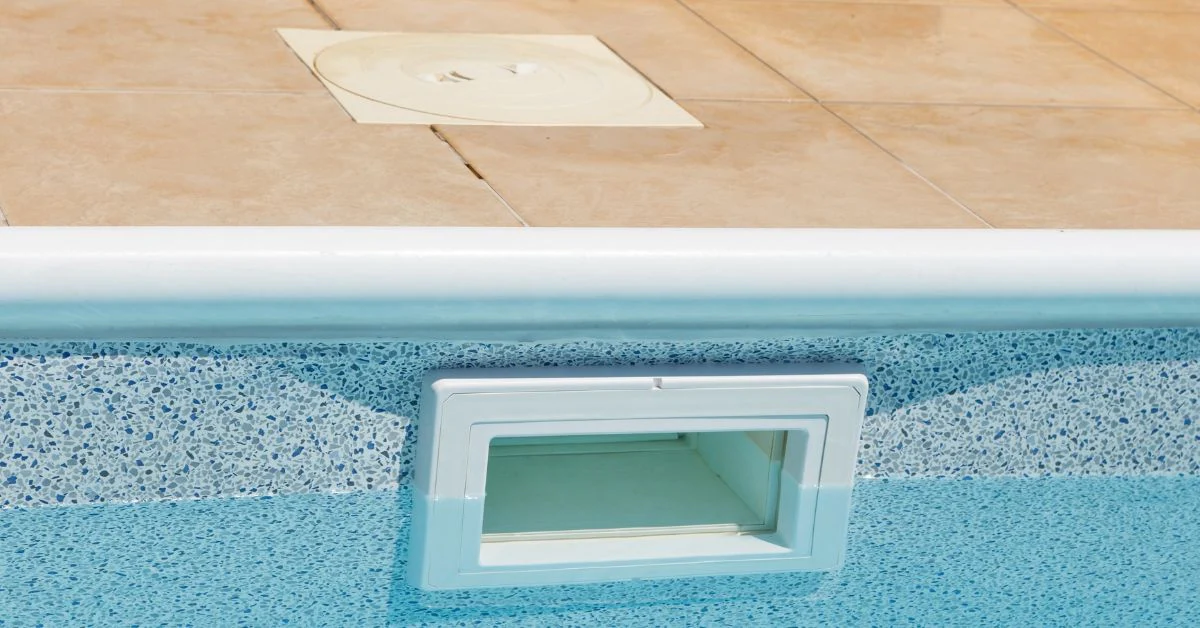

Keeping Your Skimmer Box Debris Free
Keeping your skimmer box clean goes a long way towards not only the overall look of your pool, but also the long term health of
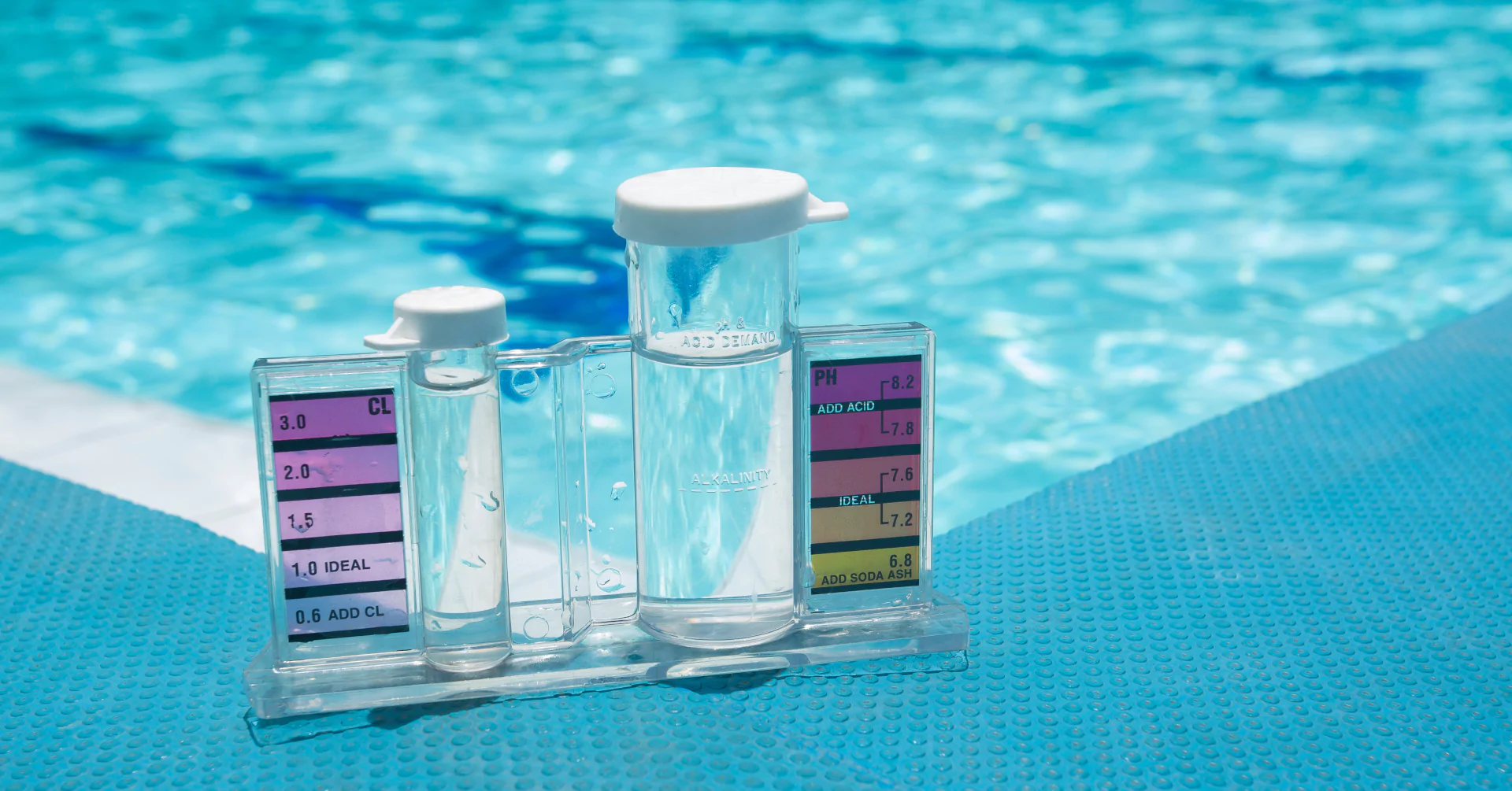

There are four major elements to consider when dealing with proper pool chemistry. First and foremost, it’s important to note that this balance of measurements is very important for keeping your pool clean, happy, and healthy.
The 4 we will discuss here are:
Chlorine
pH
Total Alkalinity (TA)
Calcium Hardness
Before we get into the numbers, let’s review a few chemical safety tips.


So now that we’re safe, let’s have a look at proper pool chemical levels.
For most pools, chlorine is used as the primary disinfecting agent. It is known to kill a wide range of harmful bacteria that can grow in water.
The proper level of chlorination is between 1 and 3 parts per million. During hot, sunny months, you may also have to shock your pool, or at least treat it more frequently, as sunlight shortens the effective life of chlorine.
Ideally, a proper pool pH is between 7.4 and 7.6 parts per million. Depending upon certain conditions, however, it may be more likely to be able to maintain a range of 7.2 to 7.8. Anything above or below that can cause issues.
A low pH is associated with acidity, and can damage your pool and other equipment over time.
A high pH will make your chlorine treatments less effective.
Similar to pH, TA outside of recommended ranges can damage your pool surface (liner, gunite, etc.) and equipment.
TA should always be between 80 and 120 PPM.
There’s a direct relationship between TA and pH, so you may also find that if your TA is off, you’ll see your pH levels fluctuate frequently, making it tough to properly balance.
Proper TA levels also make chlorination more effective, so being outside of normal ranges can make you have to use chlorine more frequently, or shock your pool often once TA and pH return to acceptable levels.
Calcium hardness is one of the tougher things to manage properly, as where you get your water from will dictate your starting levels.
Water wants to have a specific level of calcium, and it will naturally try to correct itself. Hard water, or water containing too much calcium will remove it, and you may notice white deposits on your ladder or other pool parts.
Soft water will attempt to gain calcium, and will actively take it from any source it can find, such as the walls of your pool if it contains it.
A proper calcium hardness is between 180 & 400 parts per million, with 220 being close to ideal.
While there are many factors that impact pool chemistry, one thing is for sure: leaving debris in the pool to rot over time can play a major role in water quality issues. So aside from just keeping things looking great, vacuuming up leaves and other things that may fall in helps protect your investment long term.
Aiper offers a full line of robotic vacuum cleaners right for any pool. Use our easy vacuum selector and make your life easier today!


Keeping your skimmer box clean goes a long way towards not only the overall look of your pool, but also the long term health of
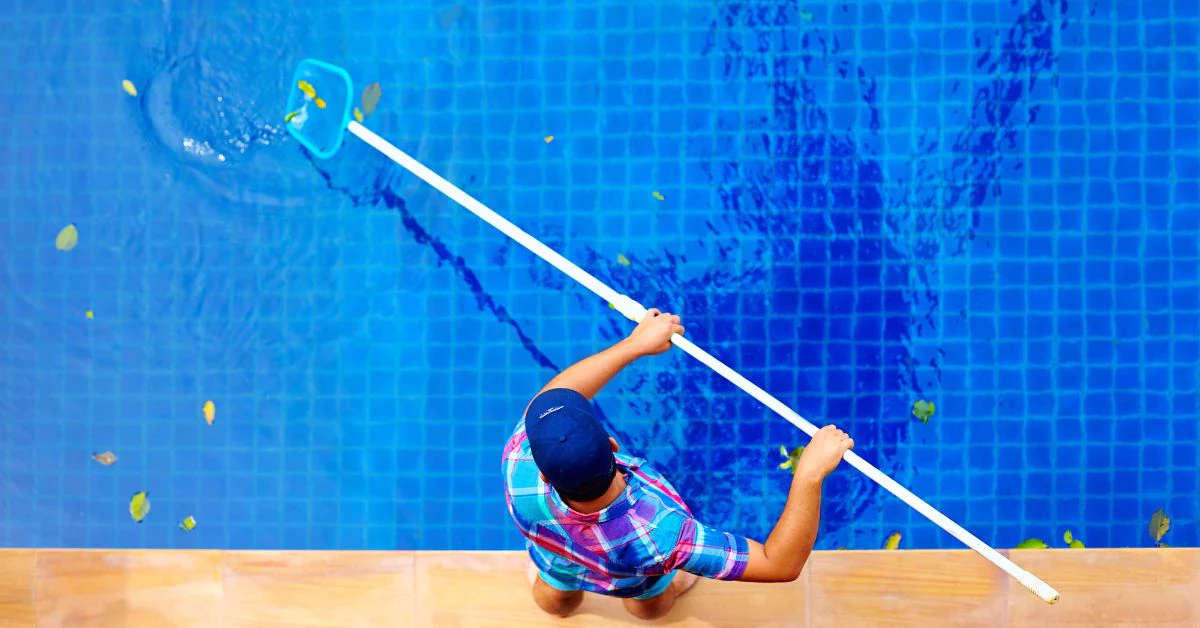

It’s becoming less of a luxury and more commonplace to see swimming pools as part of the garden landscape. However, this pleasurable asset also comes with


Owning a pool is a wonderful experience, but it does require a fair bit of maintenance. With the blazing summer heat and increasing humidity levels,
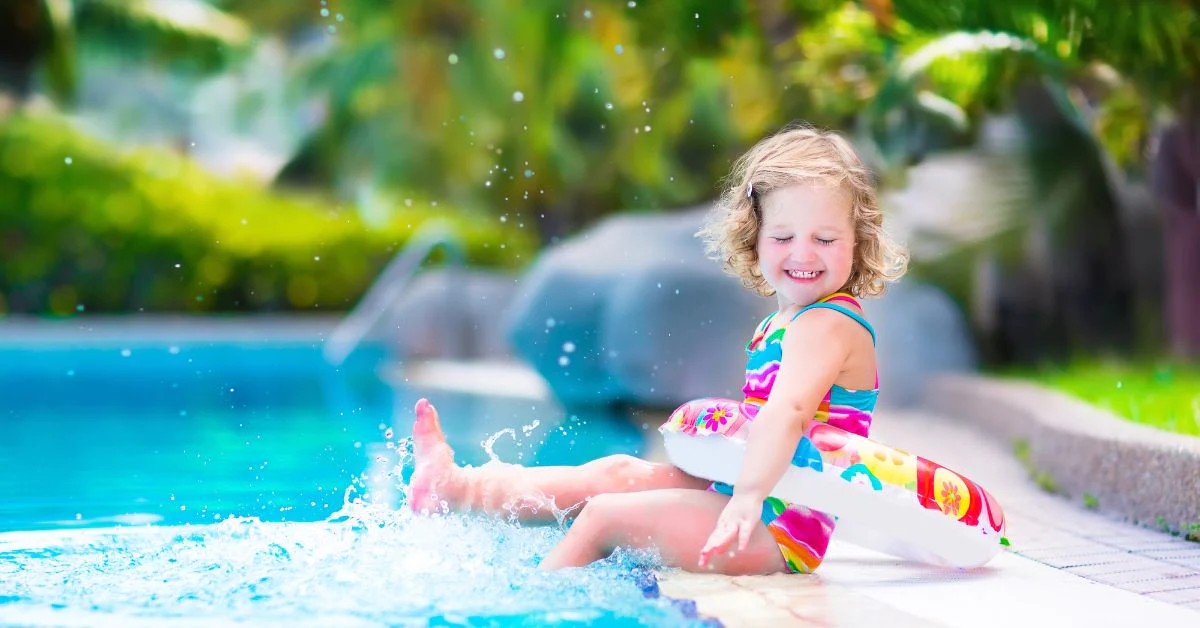

As we round the corner into the warmest months of the year, swimming is on the to-do list for every child and most families. While
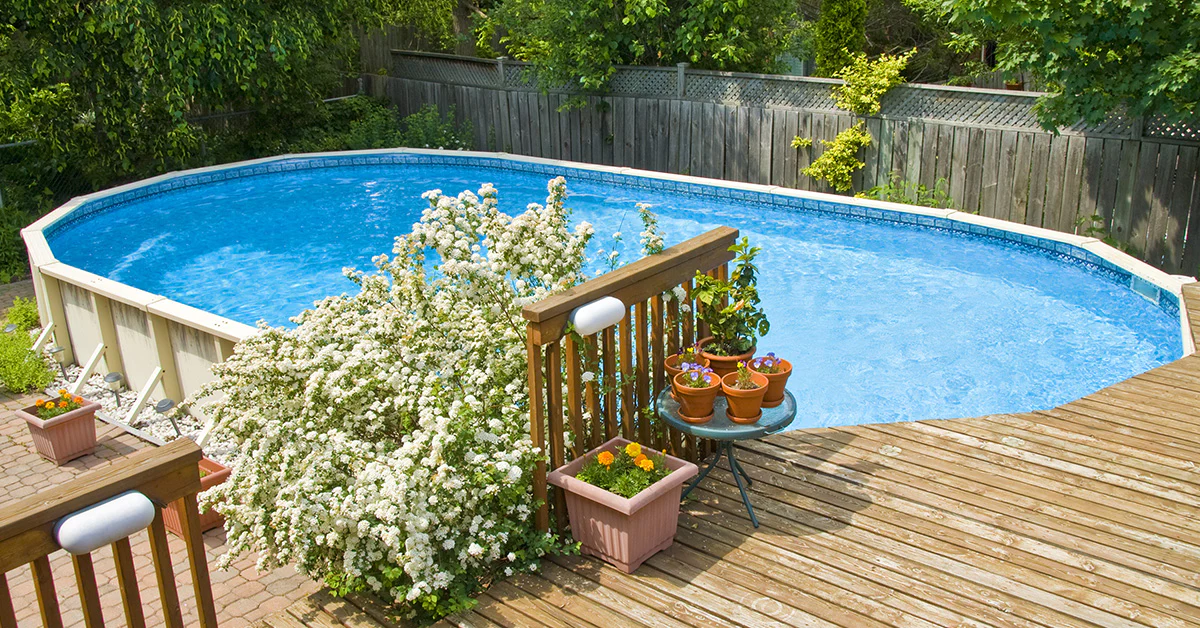

Swimming in your pool is a great luxury that is enjoyed throughout the USA. However, you probably want to know more about how to keep